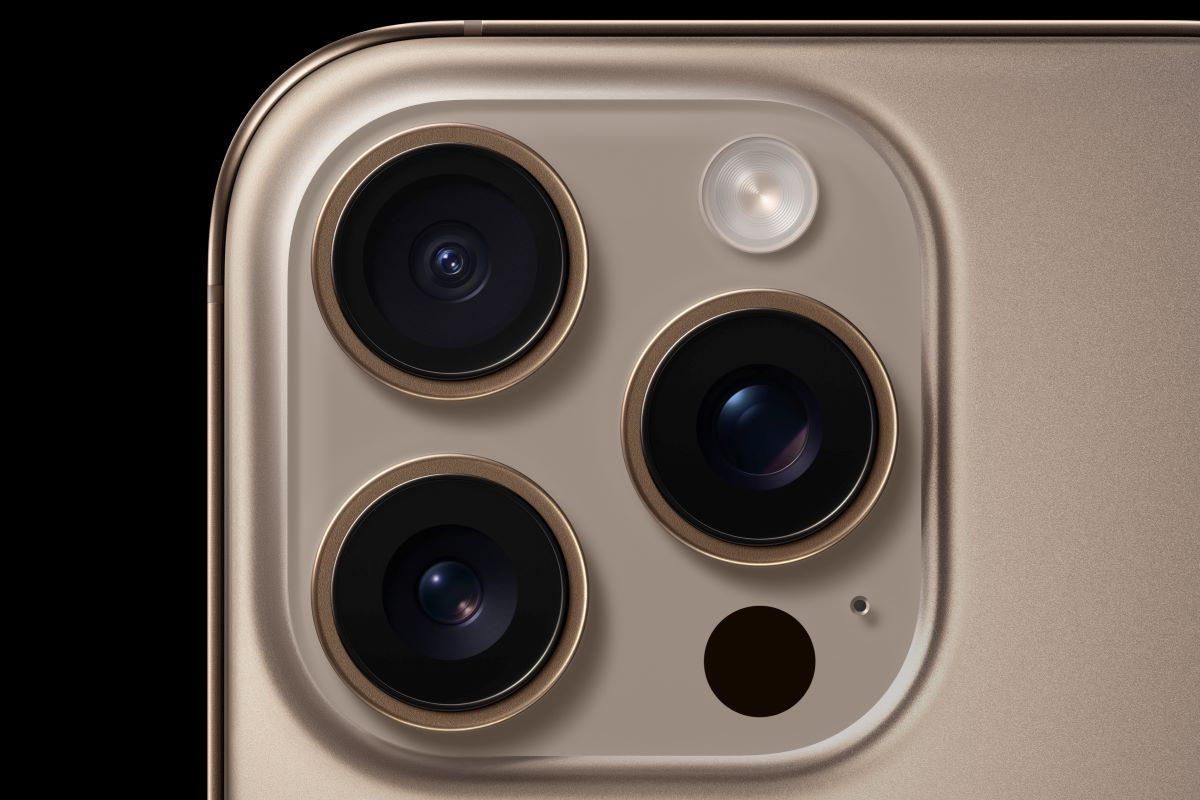The moment Apple brand aficionados were expecting has finally arrived. The new iPhone 16 was unveiled on Monday 9 September at the American technology giant's headquarters in Cupertino, California. Among the most talked-about innovations on the new device, which will be in stores on 20 September, are the features related to generative artificial intelligence enabled by the new iOS 18 operating system, summarised by the term “Apple Intelligence”. A package of improvements, from the Siri voice assistant to free access to ChatGPT, to revive iPhone sales in the face of a 10% drop in revenues in the first months of 2024.
Apple is launching itself into the future, but neither is it reneging on its past and its promises on the environmental front. As early as 2020, the multi-billionaire giant announced the goal of achieving carbon neutrality in all its activities. A promise that, according to a statement released by Apple to BBC News, would also apply to the multinational company's suppliers, guaranteeing a commitment to use 100% renewable energy within a maximum of ten years.
After that strong assumption of responsibility that winked at environmental sustainability, Apple reported that it was able to reduce CO₂ emissions by more than 55% from 2015 to date. Another milestone reported by the company is the use of 22% of materials from recycled and renewable sources last year, as well as a 20% reduction in emissions from product transportation by 2024 compared to two years ago.
The sustainability goals of Apple's new iPhone 16
Based on the features of the iPhone 16, the Californian giant is a step further to achieve the 2030 zero-emissions goal. Packaging is one of the aspects the company is working on to reduce its environmental impact. According to claims made by Apple, more than 97% of packaging is made of fibre as part of a long-term goal to eliminate plastic.
Recycling materials at the end of a product's life is another area of focus for the company, which has been implementing innovative tools such as the Daisy robot, designed to disassemble components and recover critical materials. The latest model contains over 25% recycled materials, including 100% recycled lithium for the battery cathodes. However, the company aims to raise the bar by 2025, targeting the use of 100% recycled cobalt in all its batteries.
The design of the iPhone 16 is another area Apple has addressed in its efforts to reduce emissions. The new models, set to arrive in ten days, are designed to be smaller than their predecessors, more efficient and durable, and consume 54% less energy than before. Reducing the size of the phones by 6% also improves logistics, allowing more devices to be transported at once, thereby reducing the number of trips and cutting CO2 emissions. Additionally, Apple favours more sustainable modes of transport, such as ships and trains, over air freight for the journey from manufacturers to consumers.
The problems of artificial intelligence
Apple is thus communicating to consumers a comprehensive approach to taking responsibility for the entire product life cycle, from design choices to a focus on material recovery. However, the introduction of artificial intelligence, yet to be implemented in Europe for the new models, could become a game changer by 2030, potentially undermining the tech giant’s energy goals.
Although all Apple data centres, including those for Apple Intelligence, currently run on 100% renewable electricity, tools like ChatGPT still demand significant energy, with consumption estimated to be ten times that of a Google search (2.9 watt-hours versus 0.3). So, will the multi-billion dollar company be able to balance technological innovation with its environmental ambitions in the years to come?
This article is also available in Italian / Questo articolo è disponibile anche in italiano
Images: Apple



